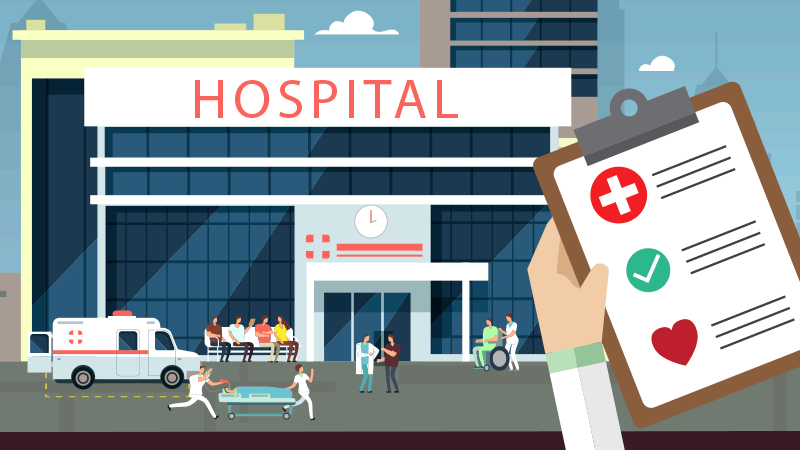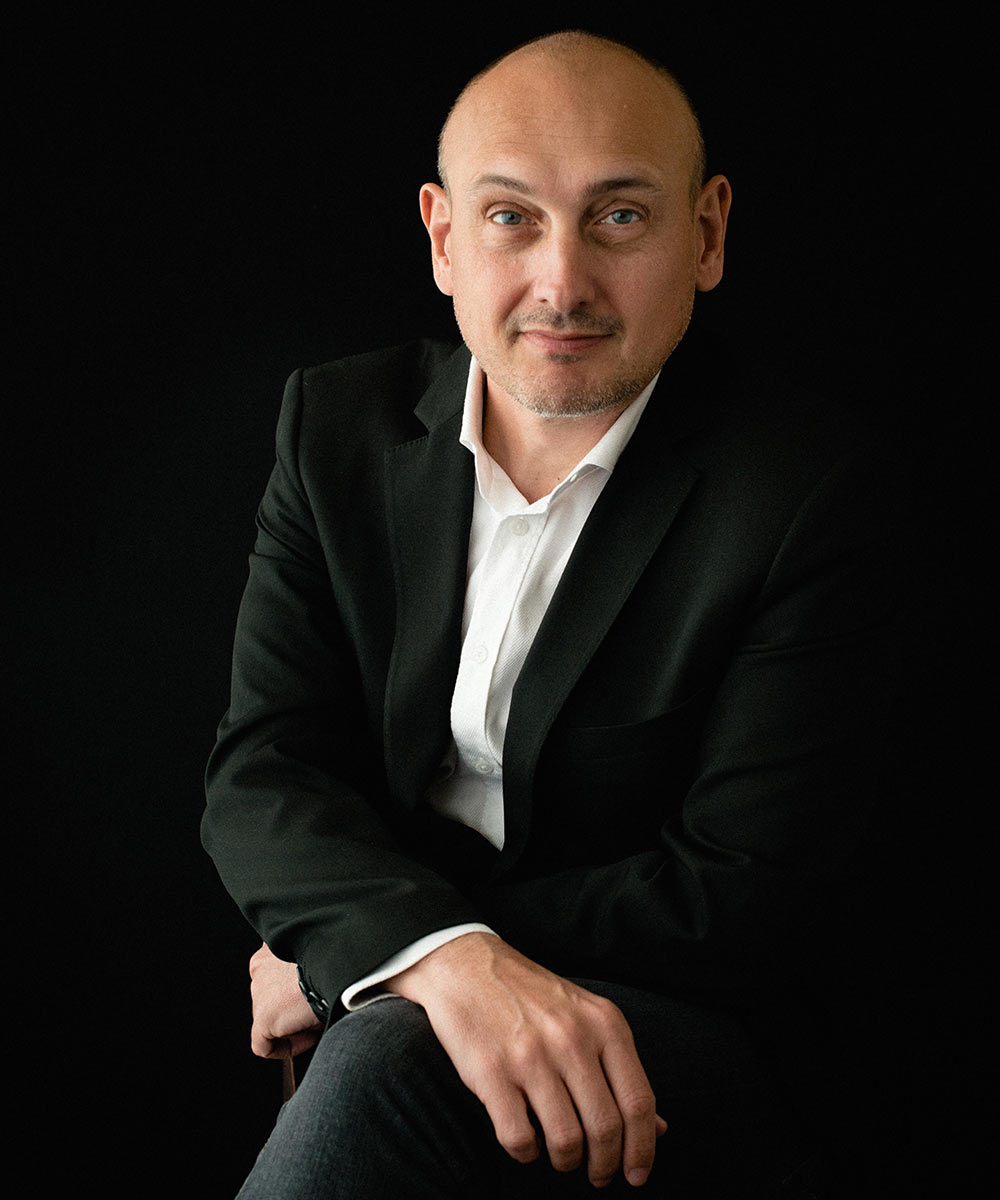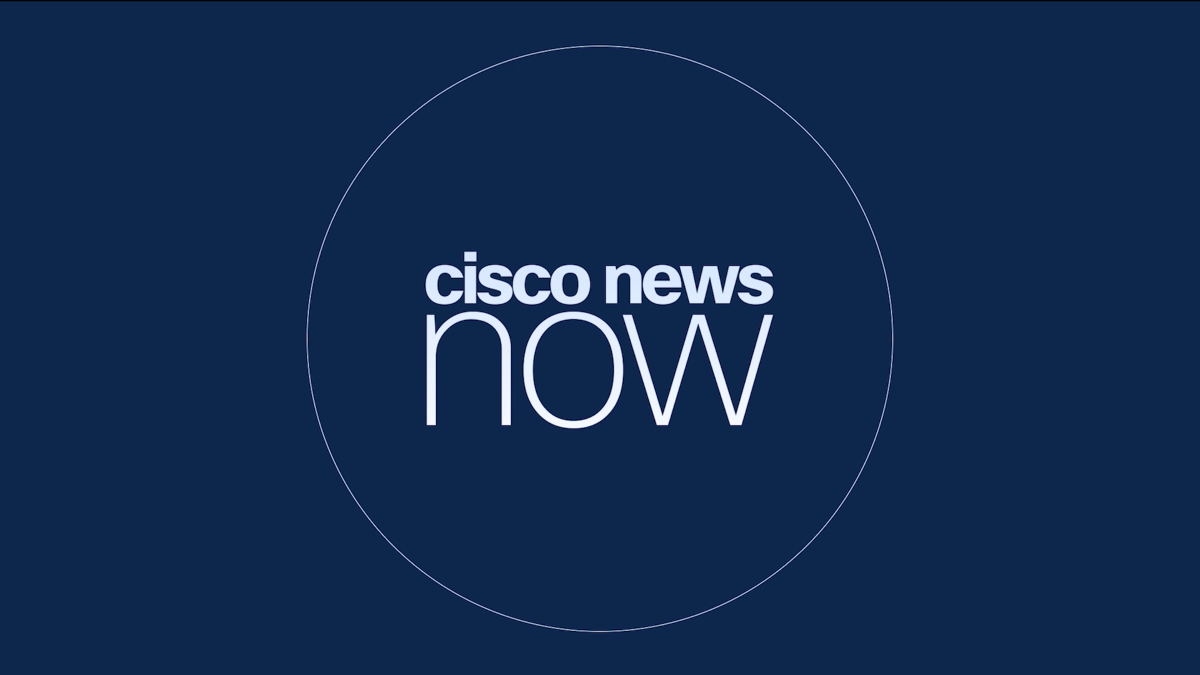Healthcare companies are rushing to put sensor-based tracking systems in place as one way improve patient care. The global market for remote patient tracking systems hit €17.5 billion ($20 billion) in 2018, Gothenburg, Sweden-based research firm Berg Insight said in January.
The market is growing at a compound yearly growth rate of 21.4 percent until 2023, the firm said. By then, it will have reached €46.1 billion ($52.1 billion).
Some of this investment is on patients who need around the clock care. At times, a machine may do the job better than a human who might be distracted or called away.
See also: How IoT could help rid the world of plastic bottles
But patient tracking systems could also help stop events such as one seen last October at Lancaster General Hospital, Pennsylvania. A patient with learning disabilities wandered off into the night wearing only scrubs and Crocs.
She turned up, unharmed, 1.3 miles away after having spent almost two hours outside in 49°F weather. Such events could become rarer by giving patients sensors linked to the Internet of Things(IoT). That way, patients could be tracked as they move through buildings.
Knowing where patients are could also help cut waiting times for beds, says Deb Sutton, director of client support at TeleTracking UK.
Today, healthcare centers often have no insight into how many beds are free or where they are, she says. Care givers “rely on roaming the wards in a bid to find a bed.”
See also: Liz Centoni and Matt Watchinski at RSA
Hence, fitting patients with RFID badges “can transform the way beds are managed,” Sutton saiys. Tracking patient flow in real time “can light up the bed estate,” she says.
Sutton estimates that patient tracking could help free up around 60 beds at any one time in a 600-bed health center. In the United Kingdom, where the public health service is stretched, it could save around $9 million a year for each healthcare group.
Elsewhere, though, the IoT is being used to keep patients outof hospital. Berg Insight found the IoT allowed patients to manage their health at home.
For instance, they were using apps that could tell them when to take their pills or make real-time changes to their treatment plans. These apps are often on smartphones, making them simple to access and use.
Any system that keeps patients out of health centers is a good thing, says Joshua Taubenheim, an analyst at the IoT research firm MachNation. Three things are driving the trend towards patient tracking, he says.
First is cutting the cost of acute care; then helping patients to lead a better life at home; and third, making sure teams can get to patients quickly if something goes wrong.
The “goal number one is preventing an emergency situation, where a patient has to go to the hospital and incur astronomical costs,” he says.
###
The contents or opinions in this feature are independent and may not necessarily represent the views of Cisco. They are offered in an effort to encourage continuing conversations on a broad range of innovative technology subjects. We welcome your comments and engagement.
We welcome the re-use, republication, and distribution of "The Network" content. Please credit us with the following information: Used with the permission of http://thenetwork.cisco.com/.



